With the public comment period for the FAA’s Part 108 Notice of Proposed Rulemaking (NPRM) finished, the agency must now sort through a wide variety of viewpoints on how its proposal for regulating beyond visual line of sight (BVLOS) drone flights should be changed before a final rule is issued.
There were more than 3,000 comments filed with the FAA on the Part 108 NPRM. Those submitted by the commercial and public safety drone sector expressed serious concerns over the NPRM and advocated for significant alterations to make BVLOS regulations less restrictive, arguing the Part 108 proposal threatens the viability of U.S. drone operations.
Some commenters questioned whether the Transportation Security Administration (TSA), which plans to issue a concurrent BVLOS final rule, should be involved in the process. The Commercial Drone Alliance (CDA) and Amazon Prime Air both called for the TSA portion of the NPRM to be revoked.
What is clear is that commercial and public safety drone operators broadly believe the Part 108 NPRM, if finalized as written, would imperil the UAV sector in the U.S. and restrict BVLOS flying even more than existing Part 107 regulations do—even as Part 107 does not allow BVLOS flights without waivers.
“We talked to our members and we asked, ‘Could you continue your operations that you're doing today under Part 108?’ And the vast, vast majority said no,” CDA CEO Lisa Ellman told Commercial UAV News.
Amazon Prime Air, which envisions operating large-scale BVLOS drone package delivery services across the country, said in its public comment that “the final rule risks lacking a rational basis, creating uncertainty in implementation and undermining safe integration at scale.”
The Irving (Texas) Police Department told the FAA that Part 108 could ground its Drone First Responder (DFR) program, which has “proven to be a vital tool for enhancing public safety.” The department’s DFR program has a waiver under Part 107 to operate BVLOS flights under 400 ft.
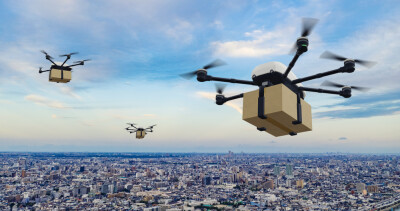
“Since its inception, the program has successfully provided real-time intelligence to officers in the field, de-escalated dangerous situations—including distinguishing an airsoft gun from a real firearm—and resolved countless calls before officers even arrived,” the department stated in its Part 108 public comment. “The result is faster response times, safer outcomes and more efficient use of resources.”
But the Irving police warned that “the proposed rule would impose unnecessarily onerous operating restrictions and compliance costs that would make it challenging or even impossible to conduct the BVLOS operations … If left unaddressed, we are concerned that the proposal will hinder, rather than support, the ability … to use drones in support of public safety.”
North Carolina State University, which conducts research on drones under a Part 107 BVLOS waiver, said in its public comment that “there are several regulations in the Part 108 rules that would limit or completely eliminate our drone research. The Part 108 rules are too restrictive.”
Ending Part 107 Waivers
Part 108, as proposed in the NPRM, would eliminate the Part 107 BVLOS waivers that many drone operators are flying under today, and proposes that BVLOS UAV flights be conducted autonomously using pre-programmed flight paths. The drone sector had expected Part 108 would replace the cumbersome Part 107 waiver system with regulations that would broadly codify the BVLOS operations allowed under those waivers. Instead, the NPRM calls for the Part 107 waiver system to end and also disallows many of the operations now permitted under the waivers, according to industry experts.
Pilot Institute co-founder Greg Reverdiau said removing Part 107 waivers was a "surprising" element of the Part 108 NPRM. Pilot Institute trains drone and manned pilots online.
Speaking on the recent Commercial UAV News Webinar: Inside the Part 108 NPRM: Industry Reactions, Predictions, and Impacts, he explained, “The idea is they want to make Part 108 the only place where you can fly beyond visual line of sight from a regulatory standpoint.”
But, he added, “the proposal right now for Part 108 is fully autonomous drones only. There is no room for a pilot in the loop—the type of operation we're currently doing under Part 107. The almost half a million Part 107 pilots who are certificated in the United States would not have the ability to fly their drone, non-autonomously, under the current Part 108 rule [proposal]. So to me, that takes about 99 percent of airspace users out of the equation and does not give them a pathway to fly beyond visual line of sight if this goes through as published.”
CDA Policy Director Liz Forro said there are a number of issues beyond the NPRM’s autonomous flight requirements that have drone operators concerned that BVLOS operations will not be viable. For example, the Part 108 proposal requires drones to have a redundant power source—similar to power requirements for manned aircraft.
That would likely mean placing two batteries in drones in case one fails. But for drones under 55 lbs., having two batteries is not realistic, Forro told Commercial UAV News.
“To keep the drone that light, there are elements that you simply can't have,” she explained. “As an example, two batteries. Most small drones can't have two batteries.”
To mitigate the risk of a power failure, drone manufacturers have come up with solutions such as parachutes that activate to allow for safe landing in the event of a battery failure.
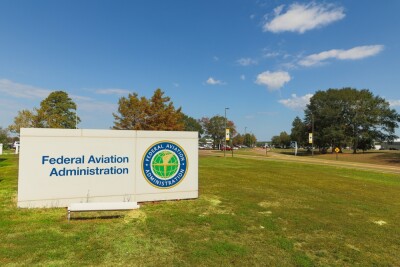
“There are different mechanisms that drone manufacturers have found to mitigate that risk, and the rule doesn't really allow, from a design standpoint, for any of that creativity,” Forro said. “It requires a redundant power source, and almost none of the drones designed today are designed with a redundant power source, and so that's a huge obstacle.”
CDA is calling for “a much more performance-based way to write a [power failure] requirement,” she said. “We think what the FAA is trying to write here is that you have to be able to deal with a power source failure. Okay, but that's very different from dictating and prescribing. If you have to have a redundant power source, that really takes a lot of options off the table, particularly for small drone operators. The more redundancy and design rigor that you require drones to be built to, the heavier they become.”
This would increase risk rather than mitigate it, Forro said.
“The heavier drones become, the more kinetic energy they have when they come down,” she explained. “So in effect, the FAA, with some of these requirements, is forcing the drones to become more risky by making them heavier, which for a lot of drone manufacturers is a huge barrier.”
In its public comment, CDA noted that many of the waiver BVLOS operations conducted in recent years “included very limited or no assessment of the airworthiness of the aircraft, causing most risk mitigation to fall on the responsibility of the operator to be managed through operational mitigations.” In contrast, the NPRM “proposes an ill-suited airworthiness acceptance process more properly applied to large-scale aircraft that carry passengers and large amounts of cargo, piloted by flight crew.”
CDA and other Part 108 NPRM commenters from the drone sector are pushing the FAA to write final BVLOS requirements based on data gathered from the waiver flights conducted in recent years. At the least, they call for the FAA to allow for the continuation of operations already being flown safely under Part 107 BVLOS waivers.
“Neither a single fatality nor mid-air collision with a manned aircraft has been reported as a result of [UAV] operations conducted in compliance with these approvals to date,” CDA wrote in its public comment. The organization said the FAA needs to ensure “the beneficial BVLOS operations allowed today through waivers and exemptions can continue under similar constraints within the construct of Part 108.”
Manna Air Delivery, the Delaware-based company that has extensive experience with BVLOS delivery operations—including in Ireland and Finland—said in its comment that “Part 108 should allow operators to continue under terms equivalent to, or better than, existing Part 107 waivers. The transition to a new regulatory framework must not reduce operational flexibility or restrict authorities that have already been safely granted and proven at scale.”
Manna added that “the practical effect” of finalizing the NPRM as written “will be to narrow the airspace available for BVLOS operations and stifle the growth of the US drone delivery industry, leaving international regulators to take the lead in developing workable BVLOS frameworks.”
Questioning TSA Requirements
TSA’s role in developing regulations for BVLOS drone flights—a surprise to the drone sector when the NPRM was released in August—was strongly challenged in Part 108 public comments by a number of UAV operators.
“TSA was a last-minute addition” to the NPRM process, Ellman said. “Obviously, TSA does a really great job of keeping commercial airliners safe and secure, but there was not a lot of effort that was made by TSA to truly learn the drone industry.”
In its public comment, CDA said “the TSA portion of the rule must be revoked and rewritten after TSA engagement with the commercial drone industry.”
CDA wrote that “no explanation was provided in the NPRM to justify TSA’s security proposals,” adding that CDA “has significant concerns.”
In particular, TSA wants to require “covered persons” involved with commercial drone operations to undergo the agency’s highest-level security background check to determine who may “have links to terrorism or otherwise pose a threat to transportation or national security,” according to the NPRM.
“The practical effects on the industry, businesses both large and small, as well as the customers they intend to serve, would be devastating,” CDA said in its comment. “While the industry collectively shares the stated goal of enhancing security, the rule as proposed would impose obligations that are neither practical nor proportional to the risks identified. Nor does the proposal take into consideration the significant efforts made by UAS operators today to ensure safe, secure operations. It is also apparent that the proposal does not reflect any coordination with the commercial UAS stakeholder community.”
CDA said TSA should “withdraw its NPRM and work with the commercial drone community on a risk-based, appropriate approach to commercial drone security.” The organization “asks that the FAA’s final rule also exclude regulatory requirements based on TSA’s proposals in this proposed rule.”
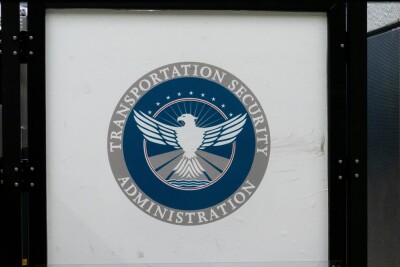
CDA said the definition of “covered persons” includes “not only the defined personnel positions in the rule—operations supervisors and flight coordinators—but also anyone with ‘unescorted access’ to UAS, related cargo, or flight paths. CDA understands the importance of ensuring the safety and security of BVLOS operations, but the proposed requirements are costly and impractical on several levels.”
TSA’s Level 3 security check, which requires extensive vetting, including fingerprints sent to the Federal Bureau of Investigation (FBI) and the Department of Homeland Security’s Office of Biometric Identity Management, is unnecessary, contends CDA. Further, the organization argues, requiring personnel with “unescorted access” to drones and cargo loaded on UAVs is not feasible.
CDA wrote in its public comment that TSA’s definition of covered personnel “could extend far beyond operational personnel” and is ill-suited to the drone sector, which operates quite differently than the commercial aviation industry with which the agency is used to interacting.
“The interpretation of ‘unescorted access’ in the commercial drone context certainly extends far broader than in an airport environment,” CDA stated. “Retail warehouse, pharmacy or restaurant staff, package handlers, or even third parties (including members of the public) at delivery points—individuals who have no meaningful ability to compromise security—could all have ‘unescorted access’ to UAS cargo at some point, because for some operations, cargo is frequently retrieved from retail shelves or restaurants prior to being loaded and delivered. The number of all potential ‘covered persons’ is practically limitless, and the cost nearly impossible to calculate.”
Amazon Prime Air said in its public comment that the proposed security vetting is “disproportionate, unjustified and operationally unworkable.”
CDA added that “the financial and operational costs associated with the proposed level of … vetting requirements are disproportionate to the potential security risks” and noted that “many passenger-carrying pilots and cargo loaders at airports do not require this level of vetting today, nor do ground delivery personnel who have unescorted access to a variety of goods on a daily basis.”
Amazon, which envisions expanding its limited drone package delivery operations—now allowed under Part 107 waivers—to nationwide services, said TSA “has not presented a risk-based rationale, specific statutory authority or sufficiently defined regulatory proposal to justify its inclusion in this joint rulemaking. Rather, TSA seems to have appropriated the FAA’s much-needed rulemaking, adding complexity, uncertainty and the probability of future expansions of the agency’s authority and applicable standards.”
Amazon said TSA is attempting “to apply a manned aviation security framework to commercial drone operations without disclosing the scope, substance or costs of the proposed requirements.”
The retail delivery giant added, “TSA should withdraw from the Part 108 rulemaking and, if it proceeds, issue a separate, strategically scoped NPRM … that proposes a performance-based regulatory framework tailored to the unique characteristics and risks of drone operations … Simply pointing to broad threats does not amount to providing a risk-based rationale for TSA’s
Calling For More Restrictions
But the drone sector is up against powerful interests that back TSA’s inclusion in Part 108. For example, Airlines for America (A4A), the lobbying group representing major US airlines, wrote in its Part 108 NPRM public comment that it “endorses the inclusion of TSA changes to its regulations to impose security requirements on BVLOS operations.”
Indeed, many interested parties outside the UAV sector, particularly those representing manned aviation, expressed serious reservations in NPRM comments about drone BVLOS flying and encouraged the FAA to issue a highly restrictive final rule.
The Aviation-Impacted Communities Alliance (AICA), a coalition of more than 90 local and national organizations with a particular focus on the environmental impact of aviation, conveyed concern in its NPRM public comment about the “acoustic signatures of drones” conducting BVLOS flights.
UAVs have “a distinctive buzzing sound” that could negatively affect communities, AICA argued, adding, “In College Station, Texas, residents described the sound of Amazon’s Prime Air drones as like ‘a hundred swarms of bees.’ … [Noise restrictions should be] tailored to the operational architecture of modern drone delivery systems.”
More serious than noise is the prospect of collisions between drones and manned aircraft, AICA said, noting the January 2025 collision between a DJI drone and a firefighting aircraft during operations to fight the Los Angeles wildfires. The collision resulted in damage to the plane’s wing, forcing the aircraft to be taken out of service.
A4A warned the FAA that “it is critical that the vitality of commercial aviation and its importance to the country not be adversely affected or impaired by the introduction of the new BVLOS rule and expansion of this capability.”
The New York State Metropolitan Transportation Authority stated in its NPRM comment that the “lack of maneuverability for UAS at low altitudes creates a hazard for both people and critical structures” and called for “expanding the definition of ‘shielded areas’ [where BVLOS flights are disallowed] to include all public transportation infrastructure,” adding, “All public transportation
The FAA is caught in the middle between a drone sector that wants the final Part 108 rule to be much less restrictive than the NPRM and the many outside interests, particularly those representing traditional aviation, that want Part 108 regulations to be more restrictive than the NPRM.
With the public comment period completed, finding a balance that normalizes UAV BVLOS flights while addressing the concerns of the wider public is now the daunting task of FAA rulemakers.


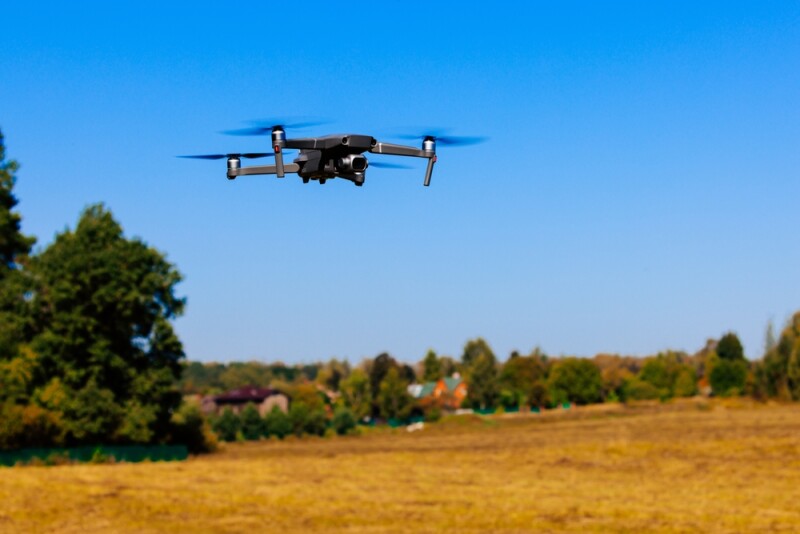

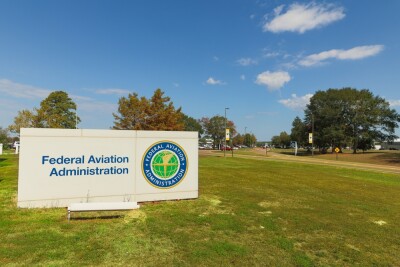
.jpg.small.400x400.jpg)

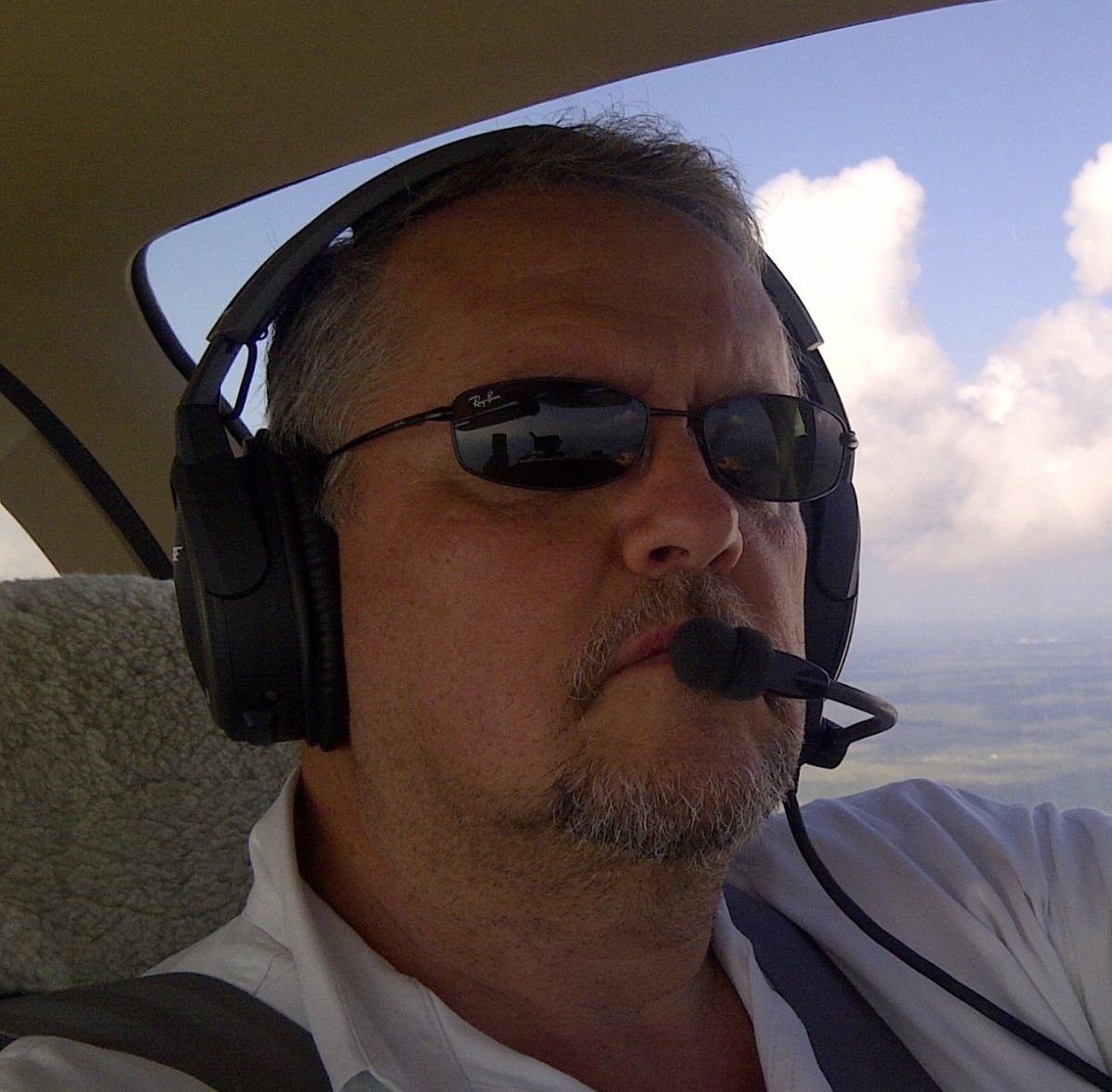





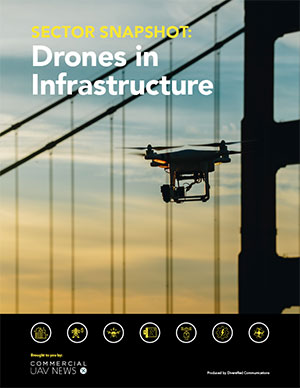
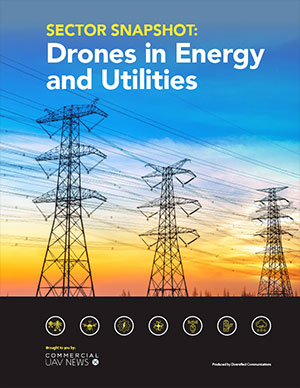
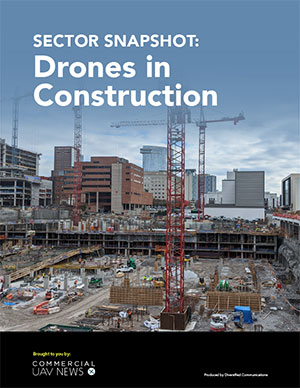
Comments